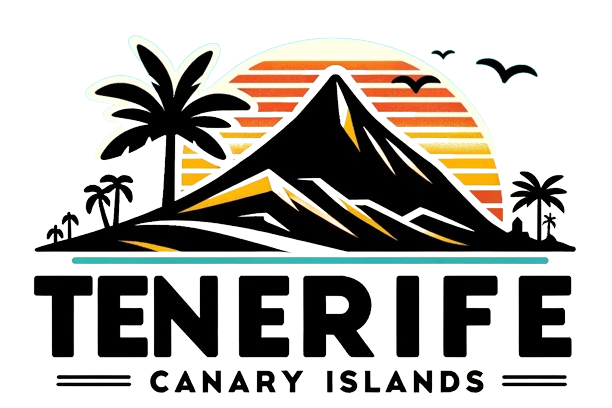Mount Teide Faces Overcrowding Crisis Amidst Mass Tourism
Mount Teide National Park is currently grappling with severe overcrowding and traffic congestion, a situation exacerbated by a significant surge in visitors. This influx has raised serious concerns among local residents and environmental groups, who fear the long-term implications for both the park’s ecosystem and visitor safety.
Traffic Jams and Visitor Behavior
On Wednesday, social media videos captured alarming scenes of long lines of vehicles, including cars, quad bikes, and 4×4 tours, which contributed to significant traffic jams throughout the park. The situation was further complicated by poor parking practices, with vehicles left haphazardly along the verges, obstructing pathways and creating hazards for both pedestrians and drivers.
In addition to the parking issues, groups of tourists were seen crossing busy roads to take photos, putting themselves at risk and endangering drivers. Such reckless behavior not only compromises the safety of visitors but also disrupts the natural tranquility of the park. These troubling scenes echoed similar issues observed on August 15, a national holiday, when the park faced comparable challenges, highlighting a growing trend of irresponsible visitor conduct.
Environmental Concerns Raised
The Tenerife Association of Friends of Nature (ATAN) has expressed alarm over the park’s saturation, warning that without immediate and effective action, Teide could devolve into a mere theme park, losing its status as a protected natural area. They referenced comments made by Cabildo President Rosa Dávila, who has emphasized the critical need for respect and protection of the park as a natural sanctuary. Dávila’s statements underscore the importance of preserving the park’s unique environment for future generations.
However, ATAN argues that the current situation starkly contradicts Dávila’s statements, as the increasing number of visitors continues to exert pressure on the park’s fragile ecosystem. The organization has called for immediate measures to mitigate the impact of mass tourism, urging authorities to prioritize environmental protection over economic gain.
Management Plans and Future Actions
With over four million visitors annually, Teide holds the title of Spain’s most visited national park, making the issue of mass tourism increasingly critical. In response to the growing concerns, the Cabildo has proposed a new management plan aimed at restricting private vehicle access during peak times. This initiative is designed to alleviate traffic congestion and reduce the environmental footprint of visitors.
Despite these proposals, critics insist that stronger enforcement measures are urgently needed to ensure the park’s preservation. Suggestions from various stakeholders include limiting private car access, expanding shuttle bus services to accommodate visitors without the need for personal vehicles, and imposing higher fines for illegal parking. These measures are seen as essential steps toward balancing the demands of tourism with the need to protect the park’s delicate environment.
The ongoing debate between promoting tourism and safeguarding the environment continues to intensify. Many fear that the balance is shifting dangerously towards environmental degradation and a lack of respect for Tenerife’s iconic natural landmark. As the park faces unprecedented challenges, the need for a sustainable approach to tourism has never been more urgent.
Key points
- Mount Teide National Park is facing severe overcrowding due to mass tourism.
- Traffic jams and poor visitor behavior have raised safety concerns.
- The Tenerife Association of Friends of Nature warns of potential environmental degradation.
- Cabildo President Rosa Dávila emphasizes the need for respect for the park.
- Over four million visitors annually make Teide Spain’s most visited national park.
- A new management plan aims to restrict private vehicle access during peak times.
- Critics call for stronger enforcement and additional measures to protect the park.
